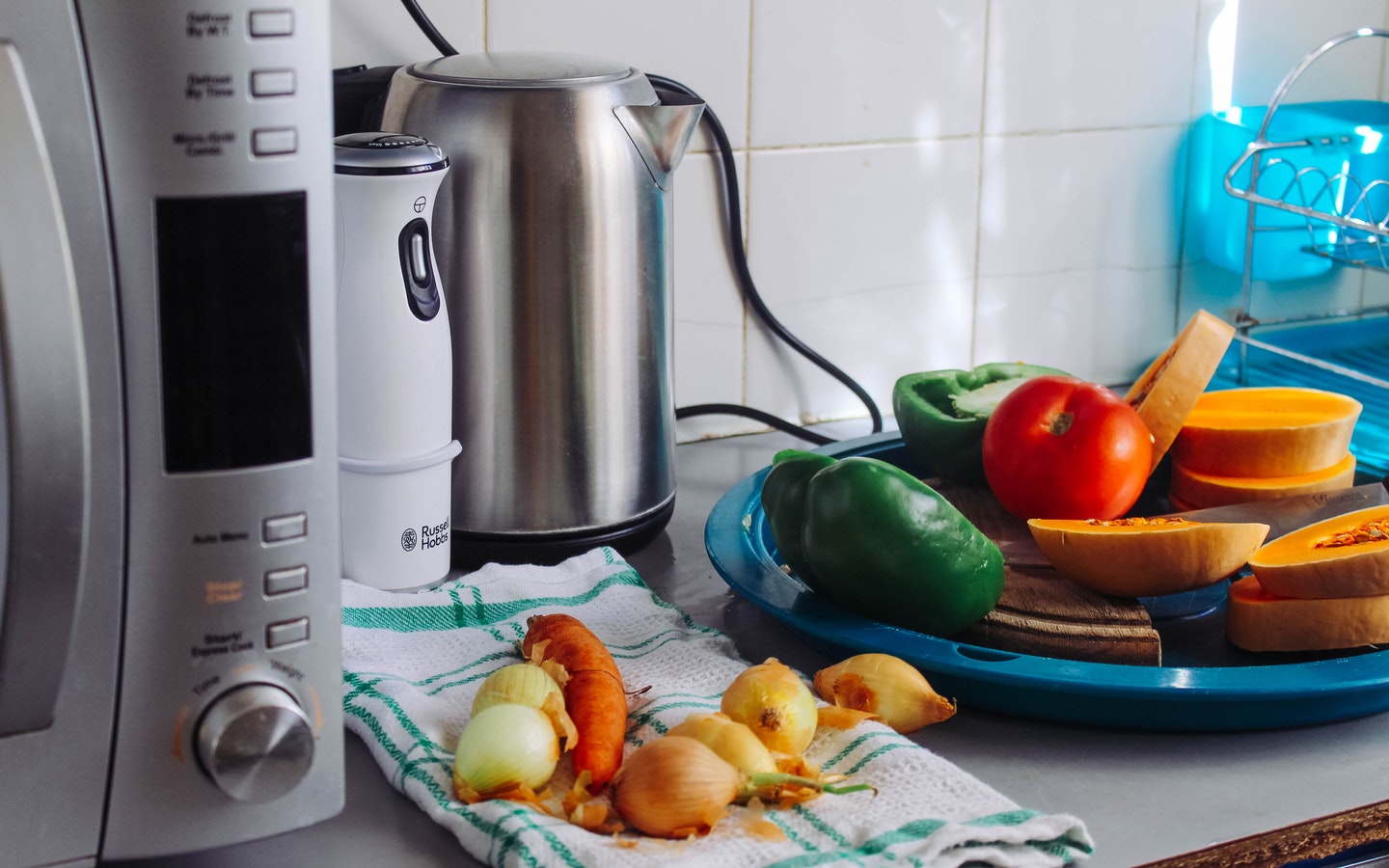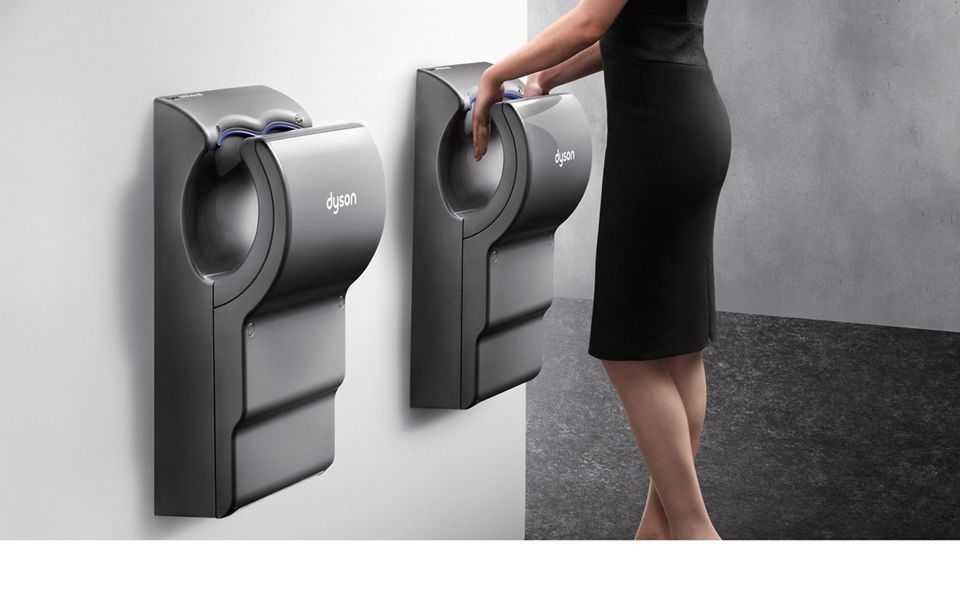What a team of unsung heroes are kitchen appliances! They work so hard to help us cook delicious food, but if we don’t take care of them, they could start to malfunction or even become an ideal environment for bacteria. But fear not! We’ll dive into some professional advice on how to maintain the best possible condition for your kitchen appliances.
We’ll cover everything, from routine upkeep to dealing with those tenacious specks of dirt that just won’t go away. After that, you will feel like an expert on kitchen appliances, equipped with all the knowledge you need to maintain your equipment operating at peak efficiency and seeming brand-new.
Cleaning around kitchen appliances
Since the areas surrounding your kitchen appliances tend to gather a lot of dust and grease, start there! To prevent mishaps, make sure the appliances are disconnected or switched off. Use a warm water and dish soap solution or your preferred all-purpose cleaner to thoroughly clean the external surfaces. Areas that are touched frequently, such as control panels and handles, require extra care.
If the dirt is difficult to remove, don’t worry—we’ve got you covered! Use a degreaser or vinegar solution to effectively remove that stubborn residue. Why end it there, too? Take on the flooring underneath and surrounding the appliances as part of your cleaning effort. Vacuums equipped with attachments for crevice tools are excellent for accessing small areas. Remember to mop the floors and give the baseboards a thorough cleaning.
Oven cleaning
The oven is unquestionably the focal point of every kitchen due to its capacity to generate incredibly delicious dishes. For this reason, it requires specific care to keep it sanitary and functional.
Start the oven cleaning by removing the racks and soak in warm water with soap. This will assist in removing any food and filth that are stuck on. You can begin working on the interior of the oven while they’re soaking.
You can make your own homemade paste by mixing baking soda and water, or you can use an oven cleaning that you buy at the shop. All interior surfaces should be cleaned with the cleaner; pay special attention to any locations that have accumulated baked-on dirt. Give it some time to settle in so that it may do its magic. After that’s finished, use a sponge or brush without any abrasives to thoroughly clean every nook and corner. Use a moist towel to remove any last bits of dirt and grime after you’ve cleaned everything clean, leaving the surfaces immaculate.
You may need to repeat the procedure or use a razor blade scraper to carefully remove any particularly difficult buildup if the stains are very obstinate. Just use caution so as not to scuff the surface.
Once everything is clean, replace the racks and run a brief cycle to eliminate any remaining cleanser and smells. This will guarantee that the cleaning agents won’t leave any taste behind in your next meal.
Cleaning small kitchen appliances
Although they may go unnoticed, small kitchen gadgets require routine maintenance to be in good operating order and last longer. Let’s discuss how to maintain some of these useful devices in optimal condition:
Coffee makers come first. Over time, these tiny devices may accumulate mineral deposits and oils that could impact both the machine’s functionality and the flavour of your coffee. It might be as easy as mixing equal parts vinegar and water and giving them a couple of cycles to clean them. This aids in dismantling and clearing any accumulation. Run a few cycles with only water thereafter to remove any remaining vinegar.
Toasters can easily accumulate crumbs, which can be dangerous in terms of fire safety in addition to being untidy. To keep the crumb tray appearing clean and to avoid buildup, regularly empty it and give the outside a thorough cleaning. Make sure it’s disconnected before gently shaking the interior to get rid of any crumbs that are sticking!
Another necessity in the kitchen that requires some maintenance is blenders. It’s a good idea to remove the blender and give every item a thorough cleaning in warm, soapy water after every use. Many blender parts are dishwasher-safe, which makes cleanup simple if you’re pressed for time. Just make sure that everything dries completely before reassembling to avoid mildew and mould.
Cleaning other appliances in the kitchen
Naturally, remove any food from your refrigerators and freezers before a thorough cleaning. Use a solution of baking soda and warm water to clean every surface. For eliminating stains and smells, this solution works great. Cleaning the door seals is important as well since mould and mildew like to lurk in those tiny spaces. You can reintroduce the food after it’s all immaculate, but before you do, see whether anything has expired.
It takes love even for dishwashers! Ensure that any food material that has accumulated at the bottom is routinely removed. Run a cycle every now and then using a cup of vinegar or a specific dishwasher cleaning to remove any residues and buildup of limescale. You can also opt to use disinfection tablets or dishwasher-safe additives for extra peace of mind and bacteria-free dishes.
Should you come across any tough or hard-to-reach areas, think about using an old toothbrush or a small, soft brush. Getting into all the crevices and nooks with them will allow you to clean everything well.
Maintaining stainless steel appliances
While fingerprints and smudges are visible on stainless steel equipment, they also give a polished and elegant appearance to any kitchen. However, it need not be difficult to keep them looking their best.
Use a gentle cloth or a microfiber towel to begin. These are ideal for non-scratch cleaning of stainless steel. Use a specific stainless steel cleanser or moisten the cloth with a small amount of water. Aim to wipe in the direction of the steel’s grain. This quick tip provides a cleaner finish and reduces streaking.
Following the wiping process, polish the surface till it shines using a dry portion of the cloth or another dry microfiber towel. This improves the appearance and slows down the rate at which new smudges emerge.
Avoid using strong cleansers and scouring pads. You definitely don’t want these to be really abrasive and scratch the polished surface of the stainless steel.
Conclusion
You’ll be well on your way to maintaining the cleanliness and functionality of your kitchen appliances by paying attention to the advice in this guide. Your kitchen can remain hygienic and productive with little effort, from routine maintenance to removing stubborn dirt. Remember to maintain your appliances; a small amount of time and work now will result in years of dependable use and a spotless kitchen.
A little amount of meticulous work and regular maintenance can ensure that your smart home kitchen remains a hub of creativity and cleanliness for many years to come. Now get your hands dirty and enjoy the fulfilment of having a spotless, well-kept kitchen that’s ready for your next culinary excursion!




